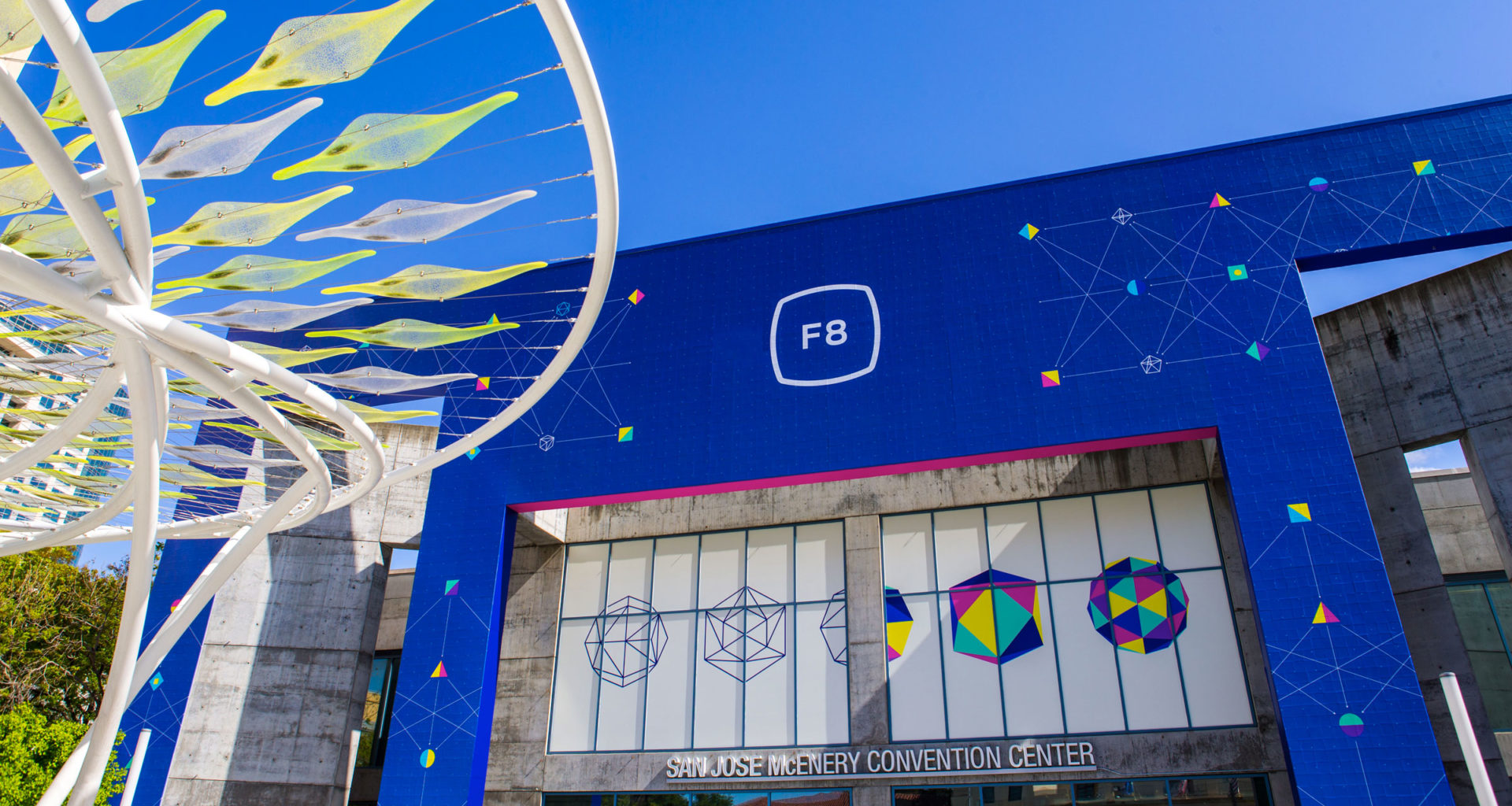Facebook’s F8 conference was held earlier this month and, the vice president of product management on the platform, Adam Mosseri, updated the refinement of the News Feed algorithm, which showed us that it aims to reduce the reach of the pages ' posts.
The Mosseri session this year was called "consumption to the connection", which aligns with the broadest focus on Facebook, focus on building more engagement from person to person.
He pointed out that:
"The consistent feedback we have received in recent years has been that people think that important moments and important conversations are sometimes being overcome by the content that people passively consume, usually photos and videos."
And based on this company's pillar, the News Feed algorithm takes four key factors into account when determining what each user sees when he opens Facebook:

- Inventory- This is the entire collection of content that you can display, based on the people and pages that you follow, that you have not yet seen in your feed;
- Signals- The algorithm then assesses each of these potential stories and posts based on a range of signals which indicate how important that item is likely to be you – things like ‘When was it posted?’, ‘Who posted it?, ‘Do you tend to like and comment on posts like this?’, ‘How fast is your internet connection?’, ‘What type of phone are you on?’
- Predictions- based on these evaluations, the system makes predictions, so for any story, it is predicted the likelihood of you commenting this story, or to share this story, or to say that the story was informative if Facebook asks. How long do you think you can watch a video or read an article?
- Score- Each of those predictions is weighted, and then rolled up into a number that represents how valuable we think this story is for you as an individual. This happens for all the stories in your News Feed, every time you visit Facebook.
Now instead of putting emphasis on predictions like "How likely are you to read an article" or "How long will you watch a video," The News Feed team is now increasing the weight of the measures as "how likely a given story will make a Conversation between you and your friends. "
This is driven by its comprehensive focus change. Mosseri shared in the Conference a chart that shows that the posts of friends and groups generate more engagement on Facebook than the posts on the page.

This explains why Facebook has increasingly emphasized the groups (they have announced a new tab groups in F8), while at the same time offering a clearer perspective on why Facebook wants to change the focus of the news Feed. While Facebook needs Pages and publishers, and benefits from having that content on their platform, they’re no longer solely focused on what will keep users on platform for as long as possible, necessarily - they also want to facilitate more discussion and connection. They have made the decision to promote content that inspires involvement-which, as shown in the chart, is content from friends and from groups.
Going to another topic addressed:
"Stories is the big focus for us this year in sharing"
The Vice president of Facebook pointed out that the stories are for more personal moments, things you might be less inclined to share with your news feed. Stories give people an instant and easy sharing option, with less pressure, as it will be eliminated again the next day. And that the simplicity of the stories is what has led to their explosive growth in recent years, and notes that the stories will soon become the main means of social sharing of people.

The VP of Facebook also explained how they are working on new ways to incorporate stories and News Feed to facilitate more sharing, with several ongoing experiments to examine the potential of the tools, including:
- Profile Picture Stories -Mosseri says that profile pictures consistently get the highest like and comment rates in News Feed, so they’re working on a way to “make a story out of a profile picture”

- Birthday Stories -Facebook’s looking to develop a way to help users contribute to collaborative birthday stories, enabling them to send their friends their best wishes via video
- Groups Stories -
- Facebook is already experimenting with Group Stories, which enable group members to contribute to a single Story feed.

- Event Stories -Facebook’s also working on a Snapchat-esque Event Stories option, which would collect all the publicly posted images from an event into one Facebook Story feed.
The conference served as a key session for those looking to make the most of the Facebook news Feed, and there are some insights and highlighted key points that will help, and a lot, social media managers better understand the current state of the algorithm. and future changes.
If you were interested in the conference, you can watch the full session of the Vice president of Facebook here.





